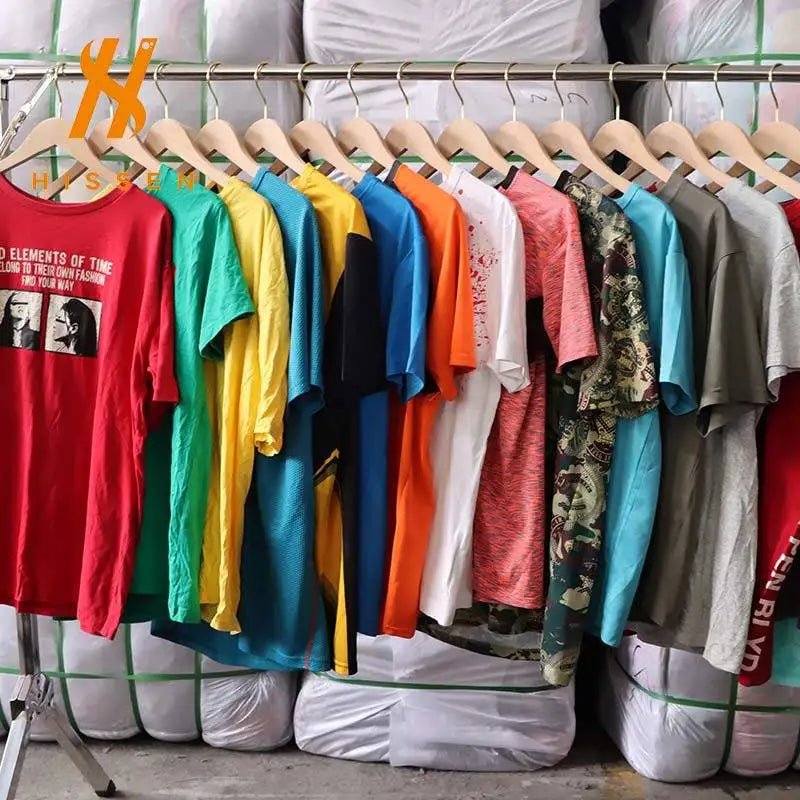

This site uses cookies for better user experience and analytics.

The resale clothing industry is expanding quickly. In the U.S., secondhand apparel sales reached $43 billion in 2023, up from about $23 billion in 2018. This growth is roughly seven times faster than traditional retail clothing.
Globally, secondhand clothing sales exceeded $197 billion in 2023 and are projected to reach $350 billion by 2028, growing at double-digit rates. Economic pressures and sustainability trends are driving over 50% of consumers toward resale channels to save money.

Resellers often see 50–80% gross margins, much higher than traditional retail’s 30–50% range.
Example: buying a dress for $5 and selling it for $25 can result in around $15 net profit after fees and shipping. That’s roughly a 5× return on cost.
“Good” profit margins in the resale space typically range from 10% to 50%, depending on sourcing methods, pricing, and overall business efficiency.
While resale can be profitable, it’s not passive income—especially at first.
One hobbyist sold 474 items in her first year, generating about $14,000 in revenue and $8,700 in profit. She credits careful sourcing and learning from the resale community as key factors.
On the other end, some sellers have scaled into full-time operations, generating up to $25,000/month by selling high volumes of low-cost inventory through live-sale platforms.
| Strategy | Impact on Profitability |
| Source low-cost, high-demand items | Boosts gross margins and reduces risk of unsold stock |
| Optimize platform and shipping fees | Limits overhead costs |
| Streamline operations | Increases listings per hour and effective hourly profit |
| Leverage market trends | Targets brands/styles with high sell-through, like Lululemon or Patagonia |

What profit margins can I expect when reselling used clothing?
Most resellers achieve gross margins between 50–80% by sourcing low-cost inventory and selling at typical online prices. For example, NuSource’s curated bundles average \$4 per item and can sell for \$14–\$20, helping sellers hit these margin targets.
How do marketplace fees impact my resale profits?
Marketplace fees typically range from 10–20%. Poshmark charges 20% on orders over $15 and $2.95 on orders under $15. Building these fees into your pricing or charging shipping separately ensures your margins stay intact.
Why is smart sourcing essential for resale profitability?
Smart sourcing reduces upfront cost and unsold inventory risk. Buying brand-sorted packs, such as those offered by NuSource ensures access to high-demand labels, improving sell-through rates and margins.
What inventory selection strategies minimize risk?
Focus on brands with proven resale value (e.g., Patagonia, Lululemon) and test with small starter lots before scaling. NuSource’s performance dashboard lets you analyze which SKUs sell fastest to guide buying decisions.
Can reselling used clothing become a full-time business?
Absolutely—by optimizing sourcing, minimizing fees, and automating workflows, many sellers scale to full-time operations. Reinvest profits into inventory, marketing, and fulfillment to grow multi-channel revenue.
Where can I find curated wholesale clothing bundles?
NuSource.io offers curated and custom-sorted wholesale packs, tarter boxes, brand-specific assortments, and pallets designed to help resellers achieve target margins and streamline sourcing.
Get personalized responses to all inquiries.
Fully customizable ordering experience.
Discover a more rewarding partnership.
Feedback from other resellers like you.

Share: